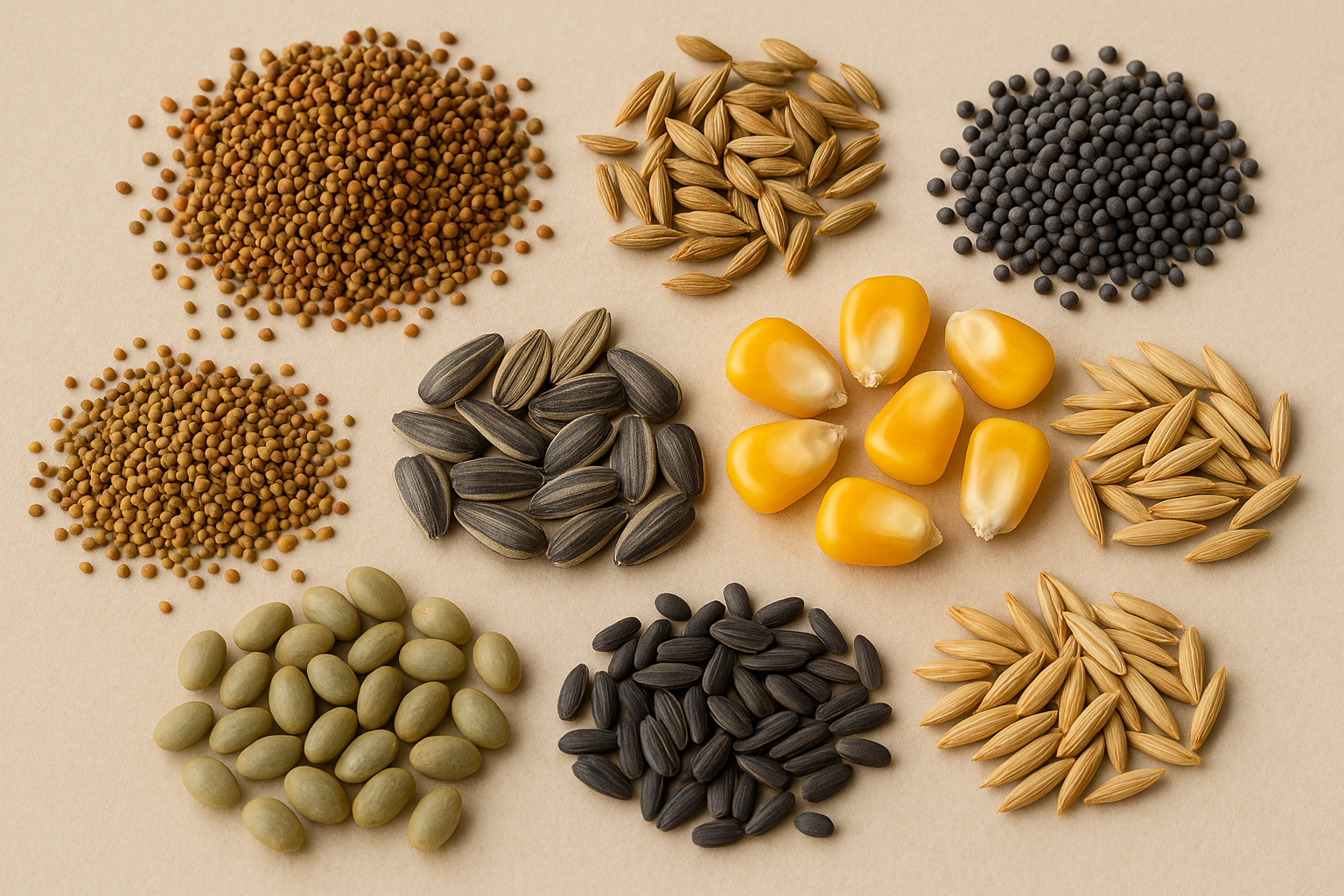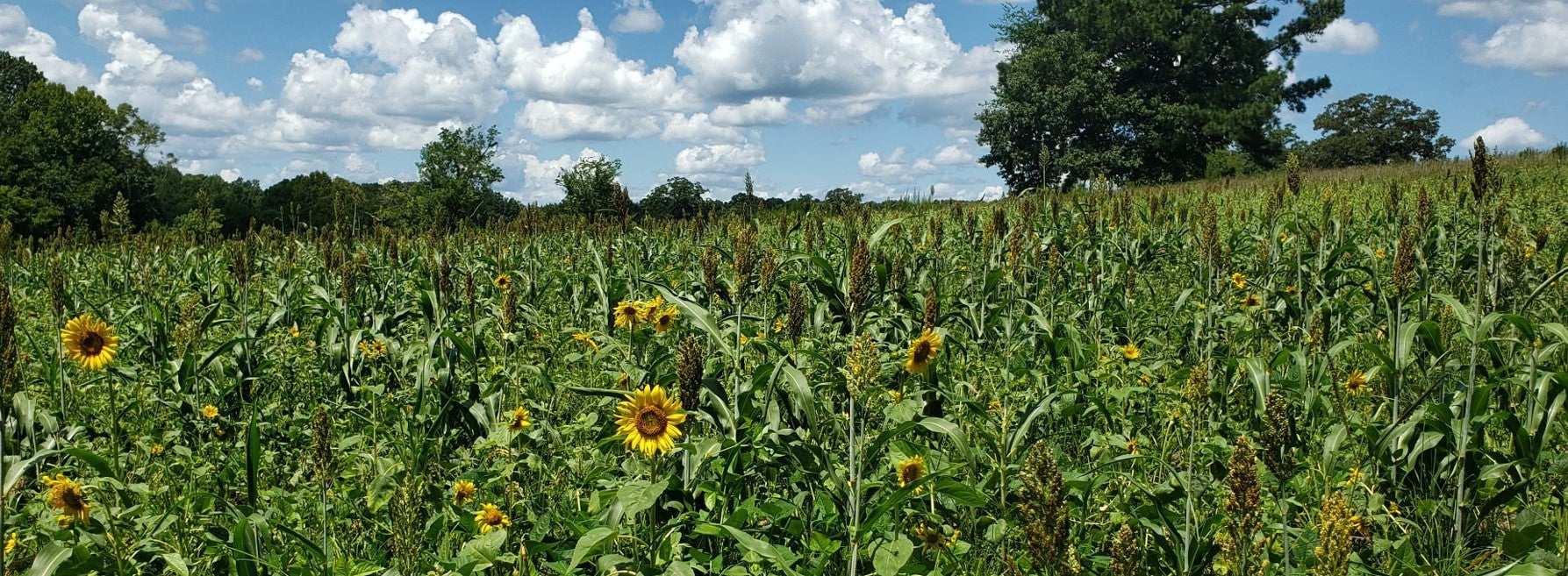The Importance of Continued Data Collection
Data Collection, they are two words, which often go unheard by many deer hunters. Depending on where you hunt, as the season fires up or continues, the necessity for continued data collection is extremely important to a successful deer management plan. I don’t intend to point a condescending finger at anyone for forgetting about data collection because they forgot or feel that the camaraderie of deer camp is the most important part of their hunting experience. If it wasn’t for the camaraderie of our fellow hunters, we as hunters would number many fewer, a battle that we will fight harder and harder as times continue to change. However, to be effective deer managers, hunters and biologists alike, we need data on which to make decisions. If we don’t have strong data on which to make decisions, our decisions are at best, mediocre.
While data collection can be a pain, often, continued survey data requires nothing more than making an observation at a specific time while you sit in your favorite stand. Stand counts are a great way to expand your survey data without being intrusive or disturbing deer that may already be very skittish depending on continued, often illegal, hunting pressure. Work with others in your camp to select a time for everyone to count deer while at the stand. A single time in the morning and one in the evening is important to eliminate the possibility of counting deer multiple times as they move from one buffet line to the other if bait is provided. This data provides information on fawn recruitment rates, buck:doe ratios, and an overall number of deer. Take a camera with you to the stand and take photos of bucks that you encounter and compare them with deer that you’ve seen on your game cameras as well as discussing with deer camp members if you feel that buck needs to be culled from the herd or to be allowed to grow to maturity. While continued survey data is important harvest data is critical.
One of the most important forms of data collection is hunter harvested deer data. Collect simple bits of information, such as live weight, field dressed weight, stomach and chest girth measurements, as well as antler characteristics of bucks. Maintaining a dataset of strong, well maintained data provides you and your fellow hunters a good point of reference to see generally how the deer in your area are responding to your management. Maintaining data on tooth wear and replacement age data will let you know, collectively, how your camp is doing at diverting harvest away from young bucks and allowing deer to grow to older ages. I can’t emphasize how important data on age of harvested deer is, as it is likely the number one hurdle in many deer management plans in their infancy. Data on antler characteristics, while being greatly influenced by age, will help you and your deer camp members to see the effects of your hard work through the years. Additionally, collecting data on the details of a hunt will help you and your fellow hunters decided what is the best method for harvesting that trophy buck and when you should be hunting.
Remember that things don’t happen overnight. As will everything in nature, it takes time. But having data from before you start your deer management program will provide you baseline data on which to compare your data as your deer management program continues to develop and adapt. Nature is also cyclic, as wet years and dry years affect us; they affect deer even more so. Maintaining data for several seasons and watching trends in data about your deer herd will be the truth in the pudding about how your management plan is working for you.
Posted by Cody Zabransky











Leave a comment